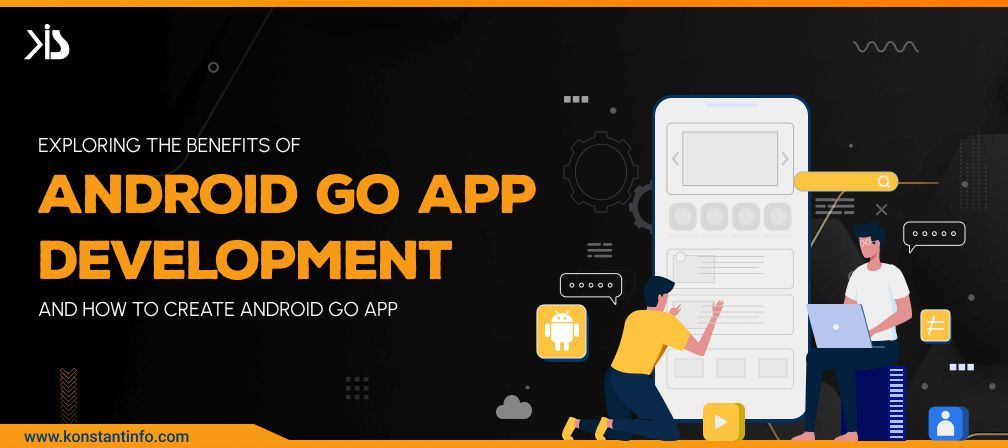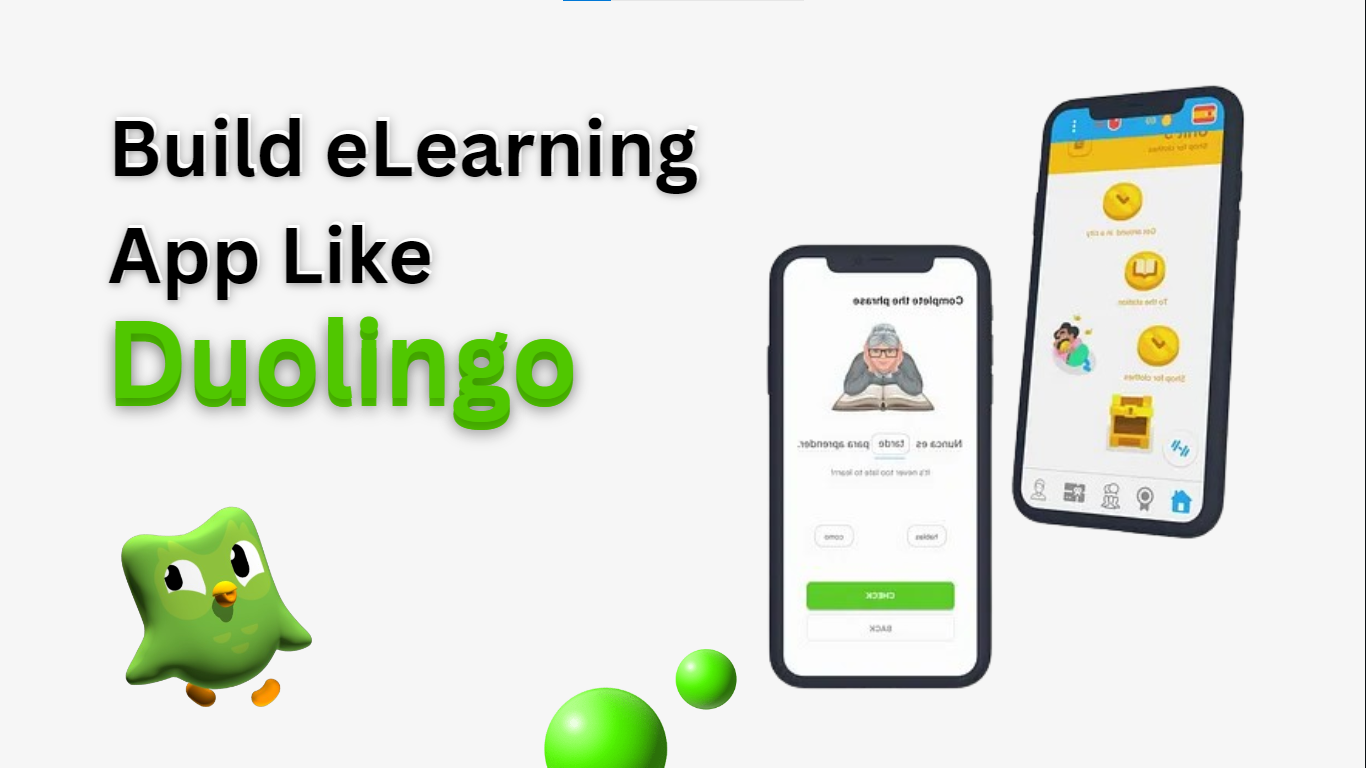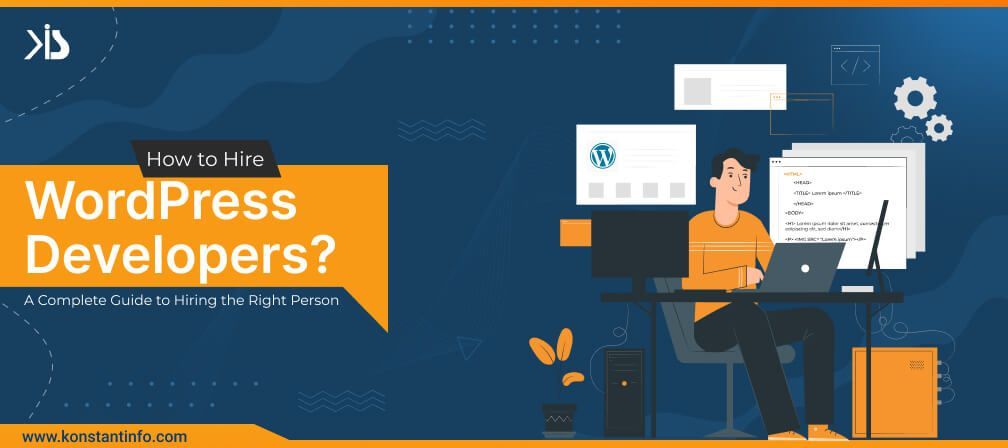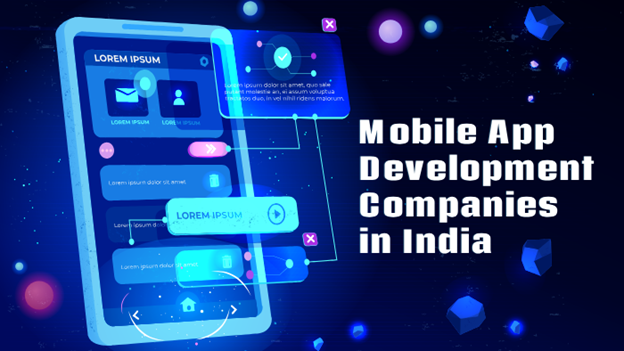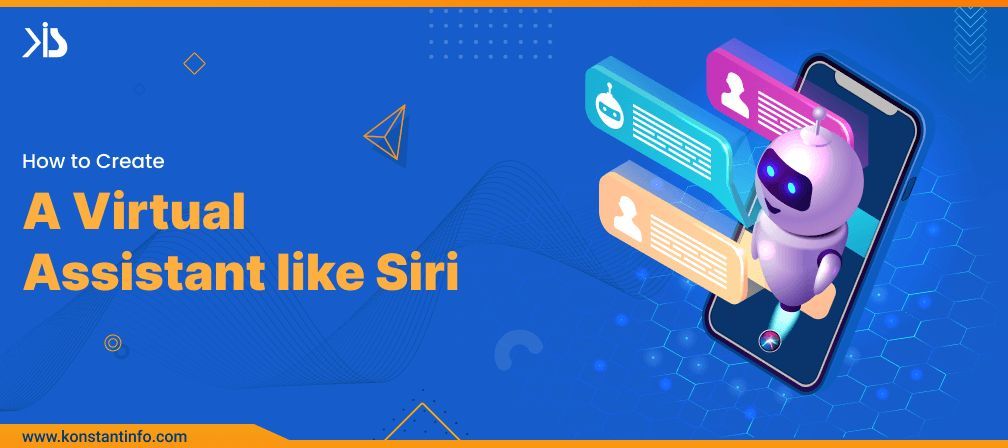Things You Must Know Before Developing An iPhone App
- By Konstant Infosolutions
- •
- 01 Nov, 2017
- •
Apple does high scrutiny of quality and security for every app submitted to the App Store.

Though mobile users can subscribe to an unlimited number of online services, they sure can’t keep an app for every single purpose. Allowing an app to consume permanent space on their mobile phone is a commitment that users make only to those who truly deserve the honor.
This behavior is even more applicable to the iPhone users- who constitute the category that spends most on mobile apps, and consequently have their expectations set much higher. Adding to that is the high scrutiny of quality and security Apple does of every submission on the App Store. Hence, developing a successful iPhone app is no stroke of luck.
Though there are many who can create truly brilliant and amazing apps, not all of them achieve their fair share of success. Beyond the basics, we have here compiled a list of factors (often overlooked by impatient developers) that carry the potential to either make or break the prospects of your iPhone app:
Create a Plan
The first thing you need to remember is that creating an app is not equal to coding for the app. The most successful of the iPhone app developers will tell you to complete at least 1/3 of your project before you even write a single line of code. From designing and selecting the target audience to the launch and revenue sources, you must have everything figured out before you seriously commit to the project. Because if you don’t, all you will end up in is a half-baked app with no clear direction.
Do Not Clone
No, we are not here to talk about ideas. Though having an original idea is a big plus, that alone does not guarantee success.
Unlike Google Play store, the Apple App Store has a much larger proportion of paid apps, and with it comes quality & exclusivity. Now, replicas of any app can be of two types- 1. Copied idea, design, and layout. 2. Copied idea but original design and implementation. While the type 1 will face outright rejection by Apple scrutiny team, the success of many prominent apps indicates that type 2 approach can indeed be a feasible business approach.
To clarify, we are not here advocating you to go around copying ideas but simply reflecting on the fact that- more often than not, people with original idea rush into things and make a product with many loopholes. Which if you can improve upon, can help you create a more refined product with the potential to achieve more success than the original.
Test Your App
As an extension to the previous tip, no matter how revolutionary you think your app is, never ever release it without passing through a rigorous cycle of quality testing. This is even more applicable if you are going out with a new idea, as when and if your app breaks down, there will be a swarm of developers launching their improved versions and you may not get another chance.
Visualize
The mind of a developer is not the same as that of users. And since you are developing an iPhone app for the users, it is their satisfaction and acceptance that you must prioritize over your own. Imagine yourself as a user and be absolutely honest about your opinions of every small detail and thus, keep improving the app to create a better product.
Take 2nd Opinion
In fact, take as many opinions as you can before the official release. No matter how hard you try, there are details that ought to be missed. Exposing your app to experts will not only give you valuable initial feedback but can also uncover loopholes that could cost you way too much in the future.
Creating a successful app for any platform is a tough task, and it gets exponentially tougher if you are targeting the iPhone market- for which you have to compete against some of the finest and most resourceful iPhone app development companies in the business.
So, as you can construe, while the margin of errors is minimal, the rewards are equally compelling and determined only by the end-users. Finally, it all comes down to how many users you manage to delight to what extent, who can reciprocate in the form of higher conversions and high ROI.